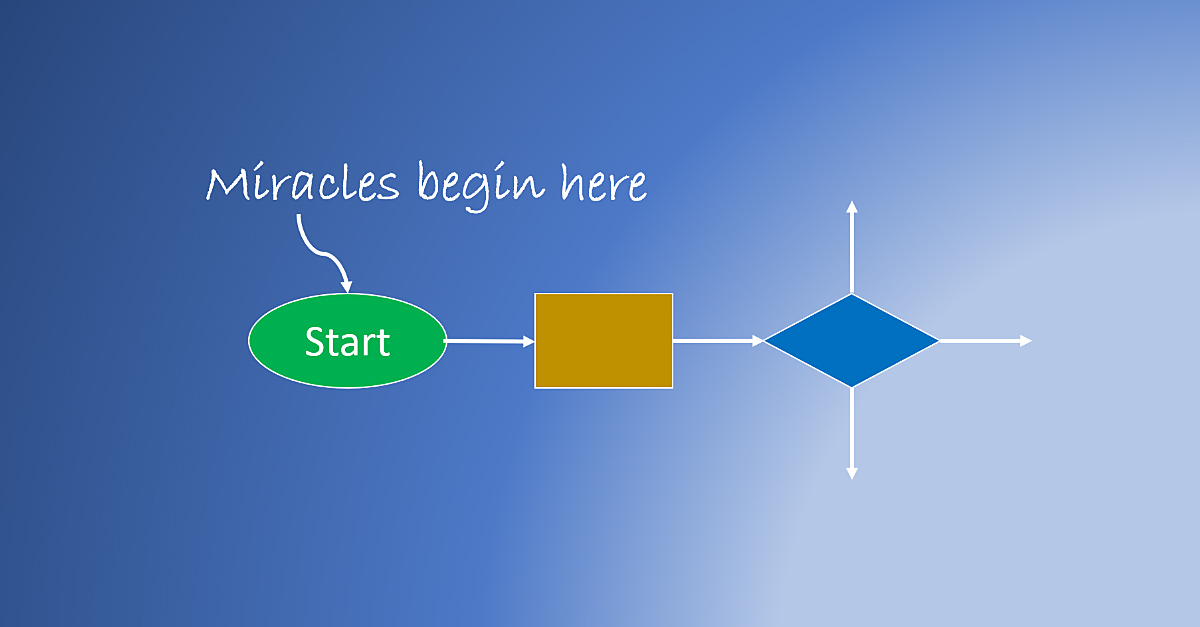Every boxer has a plan until they get punched in the mouth, Mike Tyson said. And yet the information in that first, nearly unavoidable punch is invaluable as a guide to a revised plan and our next actions—in the boxing ring or anywhere else.
My favorite perspective in this arena comes from Robert Burgelman*, the venerated Stanford professor and author. Regarding Napoleon’s quote about approaching major battles—”We engage, and then we see.”—Burgelman says he prefers an alternate translation: We engage so that we may see.
No matter what we expect to result from a business strategy, an employee presentation, a company policy, a client proposal, or a town hall meeting, the most important insights and teachings will come from the actual reactions and feedback from whoever we’re engaging—customers, employees, partners.
Experience teaches me that not only should I be unafraid of those reactions and responses, but I should seek them out, prompt them, welcome them—as invaluable information to help me know more, understand better, adjust, and act again.
Inside that feedback is usually at least one surprise. And surprises can bring upsides as well as downsides.
Three examples.
1. Questions & Boxes
When I was planning the first worksheets about my employee engagement framework of “I believe, I belong, I matter,” I thought they’d be fast and easy—since I’d been using and writing about the framework for years. My list of topics would quickly become functional worksheets, so there was no rush to get started. Nope.
When I finally sat down to begin, I found there was something about translating the principles into questions and boxes that froze me—and I wasn’t going to experience that until I tried to draw the first box. Only after running into that wall could I do the workaround—or work-through. As with most communications problems, the solution here began with an intentionally really, really bad first draft. Then proceeding was far easier.
2. Executive Investment
Once a teammate and I met with a senior technology executive at Intel to seek his participation in a series of one-hour strategy conversations with small groups of employees. His reputation told us he wouldn’t be an easy sell. When he asked, “How often do you want me to do this?” I was ready with my reassuring answer: “Don’t worry, it’s not like we’re expecting you to do one every week.”
I expected him to be happy with my pragmatism. Instead, he said, “Hold on. Let’s assume I work 50 hours a week. I work a lot more, but that’s a nice easy number. Your sessions wouldn’t require any prep by me. One hour is just 2 percent of my week. Your goal is helping our employees understand our strategy. Isn’t that goal worth 2 percent of my time?”
He became a role-model for the program, and the experience reminded me to watch for upside surprises as vigilantly as I prepared for downsides.
3. The Full Picture
Recently I had begun dis-assembling a set of kids’ bunk beds in what passes for a guest room in our home. The bunks had been assembled by the delivery folks years before, and now I wanted to make them into single twin beds against opposite walls.
Connector locking bolts secured each leg of the upper bunk to a leg of the lower. I removed the dowel that was hiding the first bolt, and looked in. It was a bolthead I’d never seen before, with a small round sunken hole in the center and a large outer rim with two slots that looked like they might accept the flat head of a super-skinny-headed screwdriver. I tried it with a regular screwdriver and a table knife. No go.
So, I took a phone photo of the hidden bolt, with a flash, and sent the photo to the owner of the organic furniture store we’d bought the bunks from. We’d bought several items from him over a few years, and he was always patient and helpful and professional, and we’d become friendly. “Dennis,” I wrote, “what special magic tool is required here? And is there any chance you’ve provided it to me already and it’s hidden in one of my boxes?”
While inserting the photo into the email to Dennis—I had not yet looked at the photo, since, obviously, I had seen the actual bolt—something caught my eye, a reflection in the intense lighting since I’d had to use the flash. I stretched the photo to enlarge it on my phone. And there, in the “round sunken hole” in the center, were the straight lines of an Allen bolt. And Allen wrenches, of many sizes, I have. Suddenly, the bolt was freed. How lucky.
What else am I missing?
What else might I have I overlooked recently? What signals am I missing? What feedback from the universe should I prompt? Where else might I engage, so that I might see?
I love the Sidney Harris New Yorker cartoon where, in the middle of a complex math equation on a blackboard, is the line, “Then a miracle occurs.” We’ve all seen the riffs on that cartoon where that helpful miracle appears late in the life of a complex project flow chart.
But my three examples of “seeing” after engaging, and countless others, have taught me that the START step is what prompts real discoveries that, if not actually miracles, are nearly miraculous in the insights they deliver—and the progress they free us to pursue.
—
*Professor Burgelman offers the original Napoleon quote in Strategy is Destiny: How Strategy-Making Shapes a Company’s Future, Free Press, 2002, page 22 (in the section “Strategic Leadership”). He offered his alternate translation in a seminar at Intel.


